In the dimly lit gallery space, an otherworldly glow pulsates as visitors step closer. Strands of light stretch across the room, responding to every movement with an eerie synchronicity. This is "Spooky Action", the groundbreaking interactive light installation that translates quantum entanglement into visceral experience. Artist Liang Chen has created what critics are calling "a ballet of photons for the Instagram age" - where participants don't just observe quantum phenomena, but become entangled within them.
The installation's title pays homage to Einstein's famous dismissal of quantum entanglement as "spooky action at a distance." Yet here in this converted warehouse in Shanghai's M50 art district, that very spookiness becomes playground. Twelve suspended light sources create a three-dimensional matrix where touching one strand causes immediate, seemingly impossible reactions in distant others. "We're using Lidar sensors normally employed in self-driving cars," explains Liang, "but what they're tracking isn't vehicles - it's human curiosity."
What makes "Spooky Action" particularly mesmerizing is its refusal to behave predictably. Just when visitors think they've decoded its patterns, the system introduces what Liang calls "quantum noise" - deliberate irregularities that mirror the uncertainty principle. Gallery attendant Mei Ling observes: "People keep trying to 'break' it by moving suddenly, but the installation always responds faster. It's like watching humans lose at chess to a ghost."
The technical wizardry behind the scenes involves a network of Raspberry Pi computers processing movement data in real-time, yet the effect remains stubbornly magical. During Thursday's opening, a group of physics students from Fudan University could be seen debating whether the installation actually demonstrated quantum principles or merely metaphorized them. "It's art, not a lab experiment," laughed Liang when asked, "but tell me - when you see two lights change color simultaneously across a thirty-meter gap, doesn't part of you believe?"
Social media has already begun shaping the work's reception. Instagram feeds bloom with visitors' silhouettes caught in mid-dance with the light strands, while Douyin hosts tutorials on "getting the perfect quantum selfie." This unintended participatory aspect fascinates the artist: "We imagined people contemplating the mysteries of the universe, but honestly? Watching teenagers try to outpose Heisenberg's uncertainty principle might be the most authentic response yet."
Critics note how "Spooky Action" inverts traditional gallery dynamics. Instead of hushed contemplation before static works, the space thrums with activity as visitors collaborate across the room, testing how their movements affect distant light patterns. "It makes entanglement social," observes ArtForum contributor Evelyn Zhao, "Your boyfriend adjusting his hair by the refreshments table suddenly becomes part of your aesthetic experience twenty meters away."
The installation's run has been extended through January due to popular demand, with weekend wait times now exceeding two hours. Late-night "Quantum Date" sessions for couples have proven particularly successful, though as one visitor noted: "It's awkward when the lights clearly respond better to her movements than mine. Maybe our relationship wasn't as entangled as we thought."
As museums worldwide inquire about touring possibilities, Liang remains focused on the work's ephemeral nature. "These specific light patterns exist only here, only now," he reflects. "Like quantum states, the perfect experience collapses the moment you try to measure it. Maybe that's why people keep coming back - to chase that moment before understanding ruins the magic."
In an era where digital experiences often isolate, "Spooky Action" offers something rare - proof that connection can be instantaneous, mysterious, and spanning distances both physical and emotional. The installation doesn't explain quantum mechanics so much as let visitors live inside its poetry. And in those darkened rooms filled with laughing strangers moving in unknowing harmony, perhaps that's explanation enough.
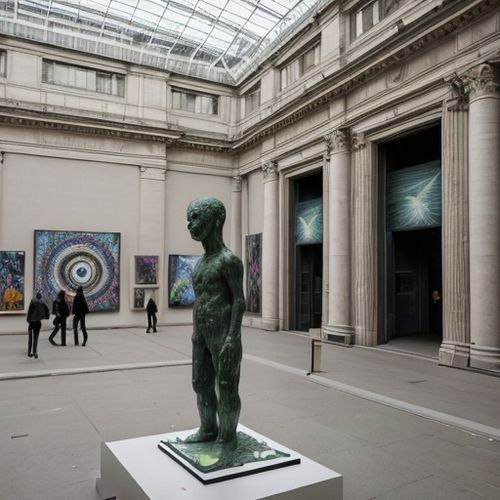
By Jessica Lee/Apr 12, 2025
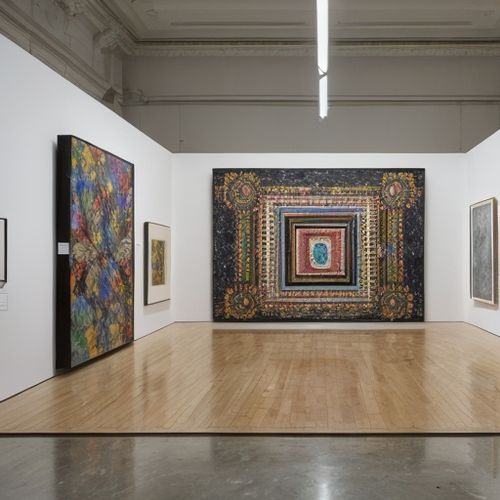
By Daniel Scott/Apr 12, 2025

By Megan Clark/Apr 12, 2025
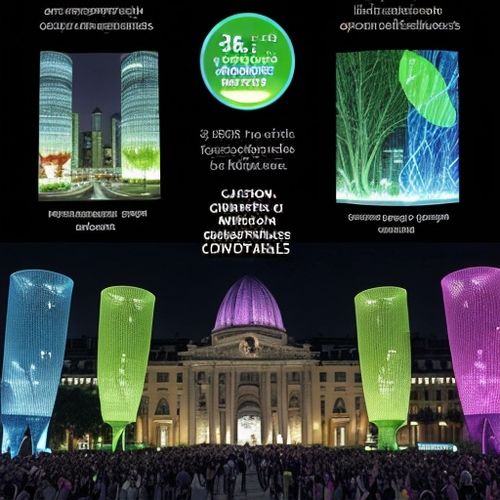
By Elizabeth Taylor/Apr 12, 2025
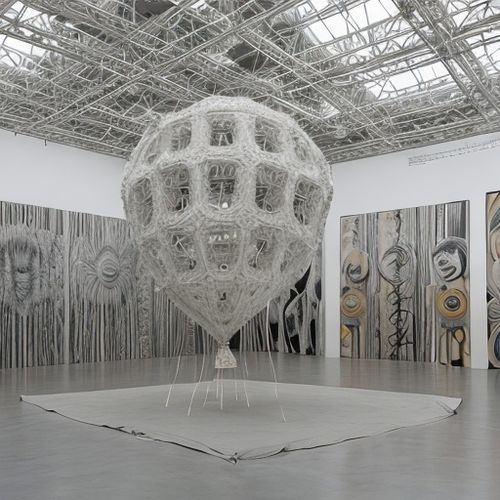
By James Moore/Apr 12, 2025
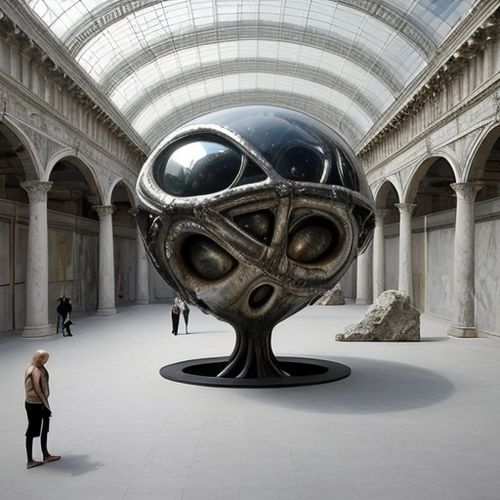
By Natalie Campbell/Apr 12, 2025
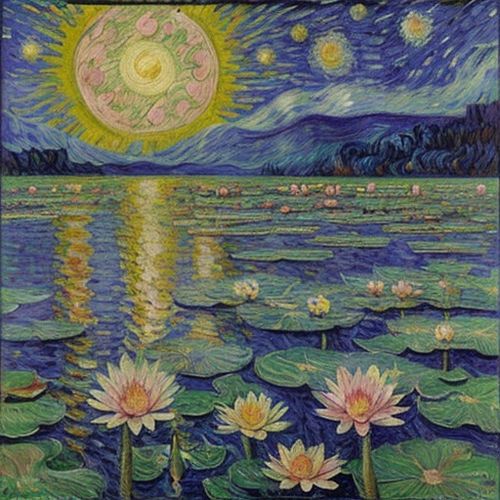
By Grace Cox/Apr 12, 2025

By David Anderson/Apr 12, 2025
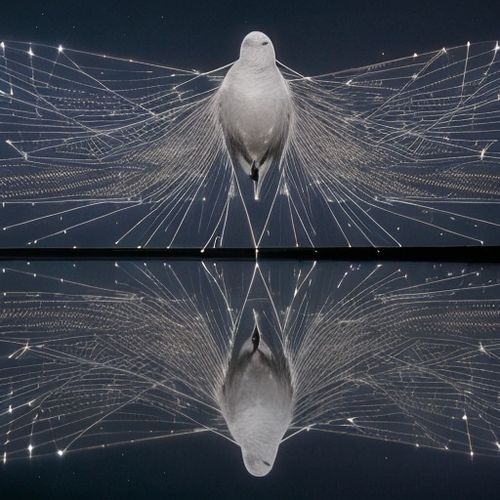
By Emma Thompson/Apr 12, 2025
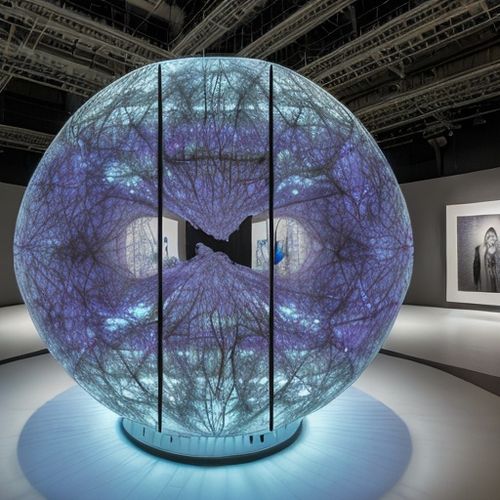
By Jessica Lee/Apr 12, 2025
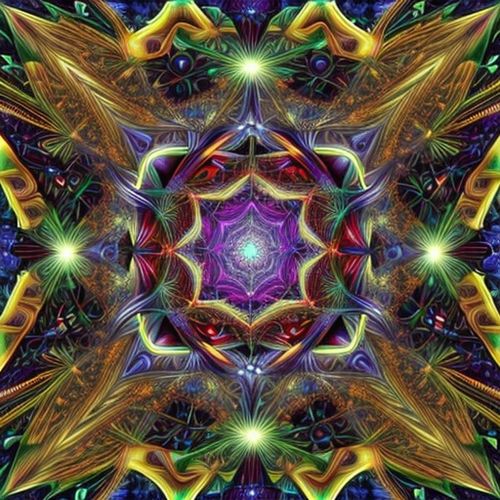
By Thomas Roberts/Apr 12, 2025
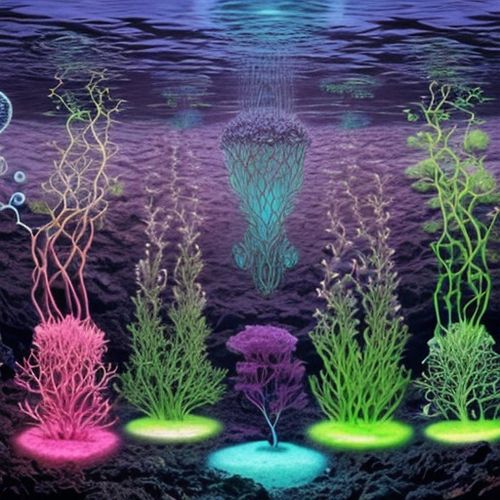
By Noah Bell/Apr 12, 2025

By David Anderson/Apr 12, 2025
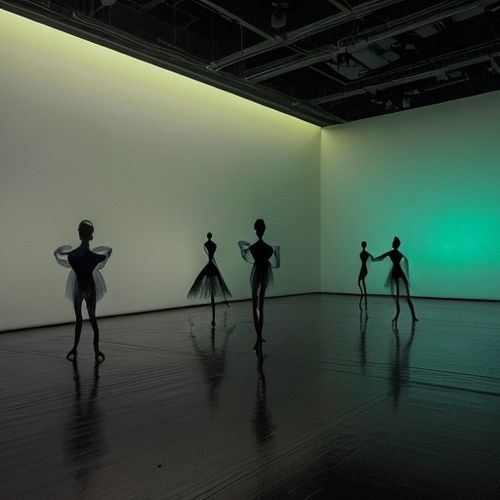
By Victoria Gonzalez/Apr 12, 2025
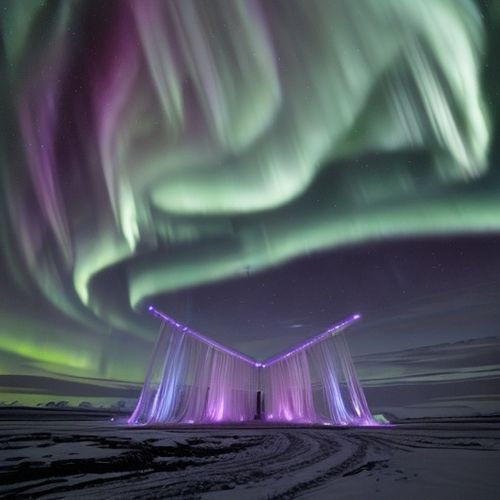
By Sarah Davis/Apr 12, 2025
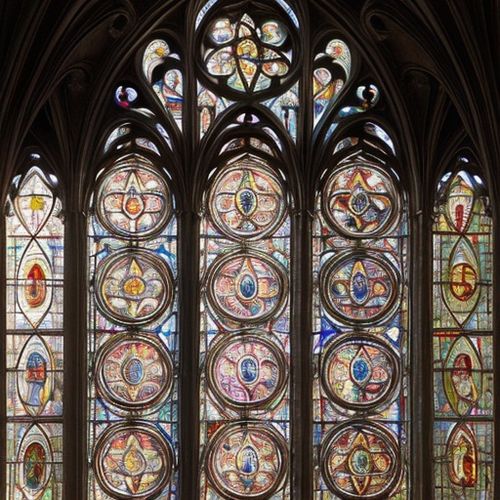
By Rebecca Stewart/Apr 12, 2025
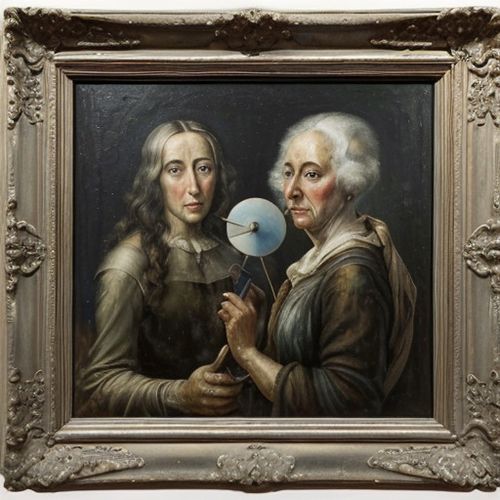
By James Moore/Apr 12, 2025
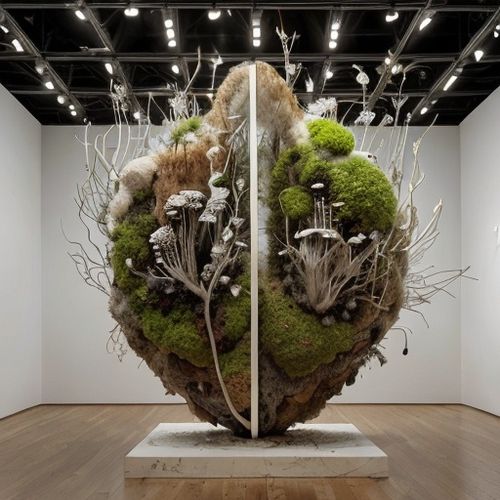
By Thomas Roberts/Apr 12, 2025
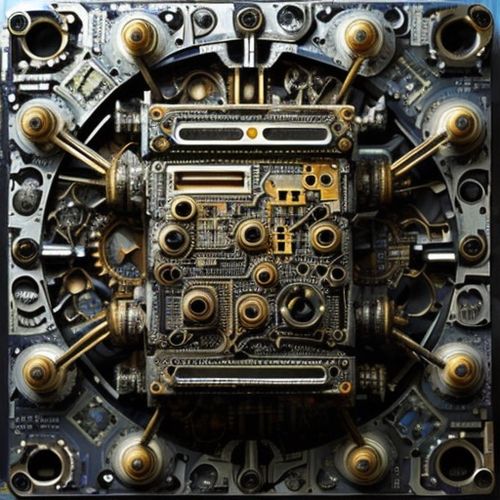
By Lily Simpson/Apr 12, 2025